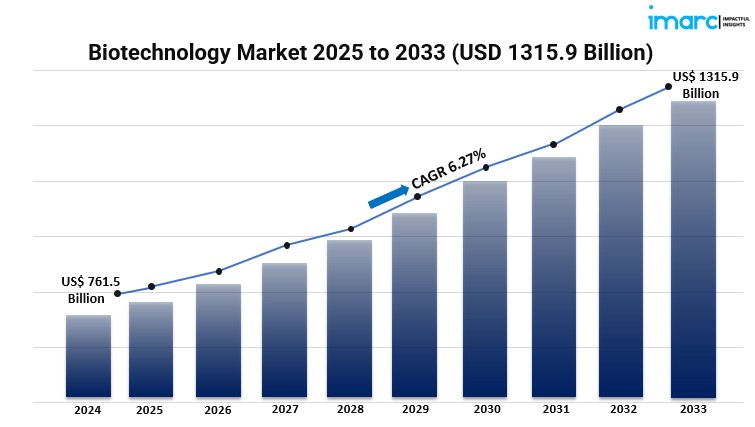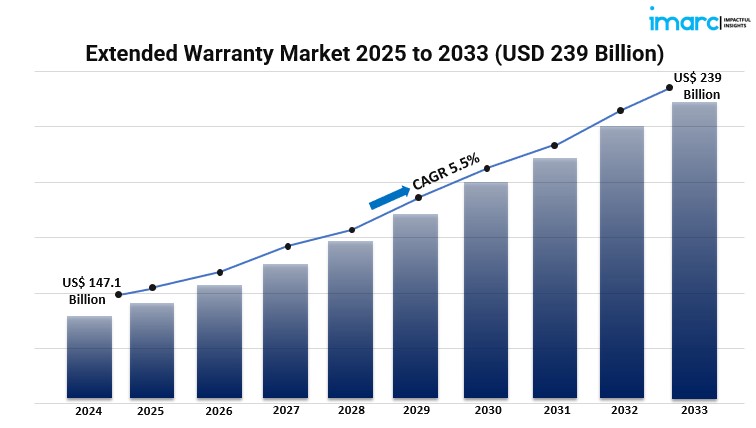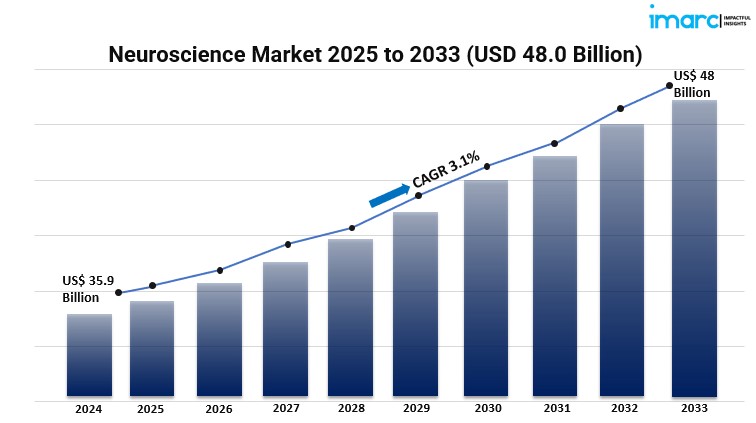How Big Is the Autoclaved Aerated Concrete Market? Insights into Size and Share

The global autoclaved aerated concrete (AAC) market is experiencing significant expansion, fueled by the increasing demand for lightweight, energy-efficient, and sustainable building materials. In 2024, the market reached a valuation of USD 22.2 billion and is projected to grow to USD 36.4 billion by 2033, reflecting a compound annual growth rate (CAGR) of 5.36% from 2025 to 2033. This growth is primarily attributed to AAC's extensive use in both residential and commercial construction, driven by its superior insulation properties, fire resistance, and cost-effectiveness.
Study Assumption Years
- Base Year: 2024
- Historical Years: 2019–2024
- Forecast Years: 2025–2033
Autoclaved Aerated Concrete (AAC) Market Key Takeaways
- Market Size and Growth: The AAC market was valued at USD 22.2 billion in 2024 and is expected to reach USD 36.4 billion by 2033, growing at a CAGR of 5.36% during the forecast period.
- Regional Dominance: Asia-Pacific leads the market, driven by rapid urbanization, significant infrastructural development, and government initiatives promoting green building materials.
- Product Segmentation: Blocks hold the largest market share, favored for their lightweight nature and thermal insulation properties, making them ideal for sustainable construction.
- End-User Insights: The residential sector dominates the AAC market, with increasing adoption due to AAC's energy efficiency and cost-effectiveness in housing projects.
- Sustainability Trend: Growing emphasis on eco-friendly construction materials boosts AAC demand, aligning with global green building initiatives.
- Technological Advancements: Innovations in AAC production, such as automated systems and improved curing techniques, enhance product quality and reduce costs.
- Disaster Resilience: AAC's fire resistance and seismic resilience make it a preferred choice in regions prone to natural disasters.
What Are the Major Growth Factors Driving the AAC Market?
Rising Urbanization and Infrastructure Development
Urbanization and infrastructure development are front and center. As cities expand—particularly in emerging markets—governments are directing significant investments into infrastructure and affordable housing. AAC is capturing attention here thanks to its cost efficiency, lightweight composition, and proven durability. For example, in March 2024, Romania’s DVI Production launched AAC block manufacturing under the Fortem brand, investing approximately €35 million into a modern facility. This kind of capital commitment underscores the sector’s upward trajectory.
Emphasis on Sustainable and Green Building Materials
Sustainability is another major driver. With the global construction industry shifting toward eco-friendly practices, AAC stands out due to its production from natural materials like sand, lime, and cement. Its manufacturing process generates considerably less CO₂ than traditional concrete, and the product is completely recyclable. Companies are taking note—Max Group began commercial AAC production in April 2024, clearly aligning with the green building trend.
Growing Demand for Disaster-Resilient Construction
There’s also a growing emphasis on disaster resilience. With heightened awareness of natural disasters, stakeholders are prioritizing materials that can withstand fire and seismic events. AAC’s inherent fire resistance and structural integrity are key selling points. In April 2024, STÄRKEN Philippines showcased the resilience of its AAC wall systems in a stringent earthquake test, reinforcing AAC’s reputation as a reliable choice for disaster-prone regions.
Market Segmentation
By Type
- Blocks: Widely used in construction for walls and partitions due to their lightweight and insulating properties.
- Beams and Lintels: Structural elements providing support over openings like doors and windows.
- Cladding Panels: Used for exterior facades, offering aesthetic appeal and insulation.
- Roof Panels: Prefabricated panels designed for roofing applications, ensuring thermal efficiency.
- Wall Panels: Large panels used for constructing walls quickly and efficiently.
- Floor Elements: Prefabricated components used in flooring systems, providing strength and insulation.
- Others: Includes customized AAC products for specific construction needs.
By Application
- Construction Materials: Primary use in building structures due to AAC's lightweight and insulating characteristics.
- Road Construction: Utilized in embankments and roadbeds for its lightweight and stability.
- Roof Insulation: Provides thermal insulation in roofing systems, enhancing energy efficiency.
- Bridge Sub-Structure: Applied in bridge components to reduce load and improve durability.
- Void Filling: Used to fill voids in construction, offering stability without adding significant weight.
- Others: Encompasses miscellaneous applications where AAC's properties are beneficial.
By End User
- Residential: Dominant segment, with AAC used extensively in housing for its energy efficiency and cost savings.
- Non-Residential: Includes commercial and industrial buildings where AAC's fire resistance and insulation are advantageous.
By Region
- North America (United States, Canada)
- Asia Pacific (China, Japan, India, South Korea, Australia, Indonesia, Others)
- Europe (Germany, France, United Kingdom, Italy, Spain, Russia, Others)
- Latin America (Brazil, Mexico, Others)
- Middle East and Africa
Which Region Is Leading the AAC Market, and Why?
Looking at the global landscape, Asia-Pacific leads the AAC market by a significant margin. Rapid urbanization, large-scale infrastructure projects, and proactive government incentives for green construction are all at play. Markets like China and India are channeling substantial investment into sustainable building solutions, driving widespread AAC adoption across both residential and commercial sectors.
What Are the Latest Developments in the AAC Market?
The AAC market has witnessed several notable developments:
- April 2024: STÄRKEN Philippines conducted an earthquake test showcasing the resilience of its AAC wall systems against seismic forces.
- April 2024: Max Group initiated commercial production of AAC blocks and panels, emphasizing the shift towards eco-friendly building materials.
- March 2024: DVI Production in Romania began manufacturing AAC blocks under the Fortem brand, investing approximately €35 million in a new facility.
Who Are the Key Players in the AAC Market?
Aercon AAC, AKG Gazbeton, Bauroc AS, Biltech Building Elements Limited, Buildmate Projects Pvt. Ltd., CSR Limited, Eastland Building Materials Co. Ltd., H+H International A/S, HIL Limited, JK Lakshmi Cement Ltd., UAL Industries Limited, UltraTech Cement Ltd. (Aditya Birla Group), Xella Group, etc.
Frequently Asked Questions (FAQs)
Q1: What is autoclaved aerated concrete (AAC)?
AAC is a lightweight, precast building material known for its thermal insulation, fire resistance, and eco-friendly properties, making it ideal for sustainable construction.
Q2: How does AAC contribute to energy efficiency in buildings?
AAC's cellular structure provides excellent thermal insulation, reducing the need for additional heating or cooling, thereby lowering energy consumption.
Q3: Is AAC suitable for high-rise construction?
Yes, AAC's lightweight nature reduces the overall load on structures, making it suitable for high-rise buildings when used appropriately.
Q4: What are the environmental benefits of using AAC?
AAC is made from natural materials, produces minimal waste, and has a lower carbon footprint compared to traditional concrete, aligning with green building standards.
Q5: Can AAC be used in seismic zones?
Yes, AAC's flexibility and lightweight properties make it suitable for construction in seismic zones, offering better performance during earthquakes.
Q6: How does AAC compare cost-wise to traditional building materials?
While the initial cost may be higher, AAC offers long-term savings through reduced energy bills, faster construction times, and lower maintenance costs.
If you require any specific information that is not currently covered within the scope of the report, we will provide the same as a part of the customization.
About Us:
IMARC Group is a global management consulting firm that helps the world’s most changemakers to create a lasting impact. The company provides a comprehensive suite of market entry and expansion services. IMARC offerings include thorough market assessment, considerations studies, company incorporation assistance, factory setup support, regulatory approvals and licensing navigation, branding, marketing and sales strategies, competitive landscape and benchmarking analyzes, pricing and cost research, and procurement research.
Note: IndiBlogHub features both user-submitted and editorial content. We do not verify third-party contributions. Read our Disclaimer and Privacy Policyfor details.







